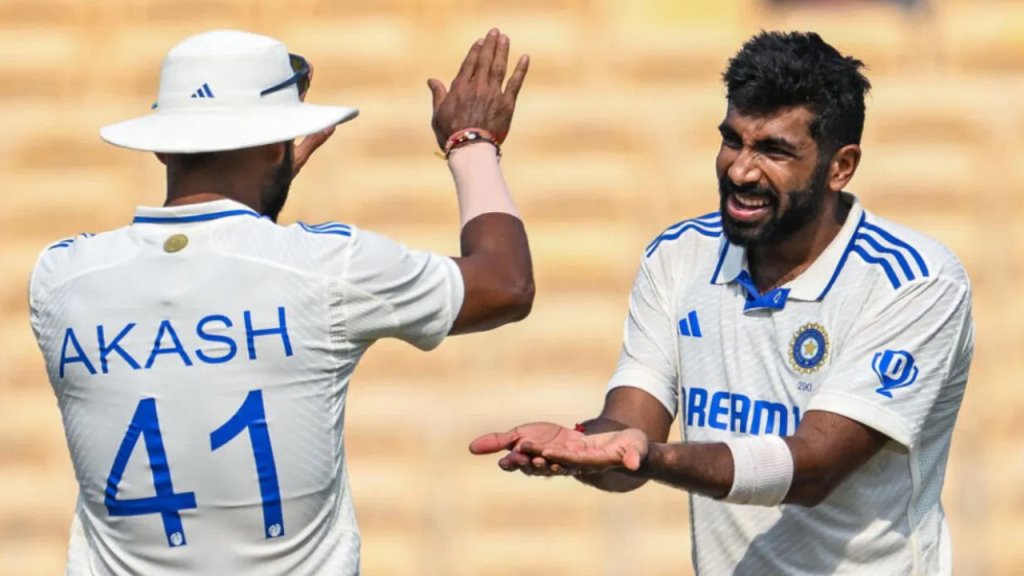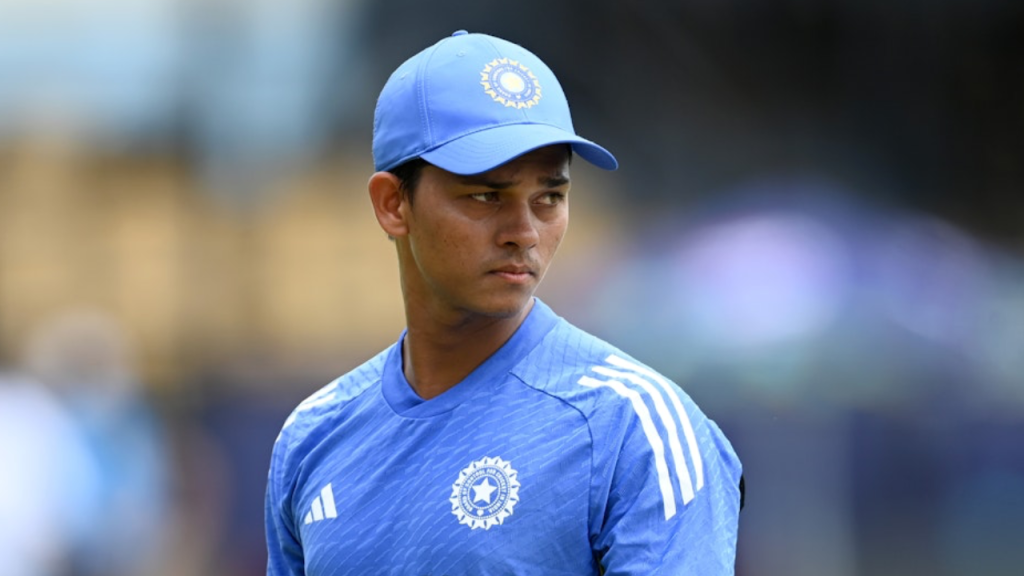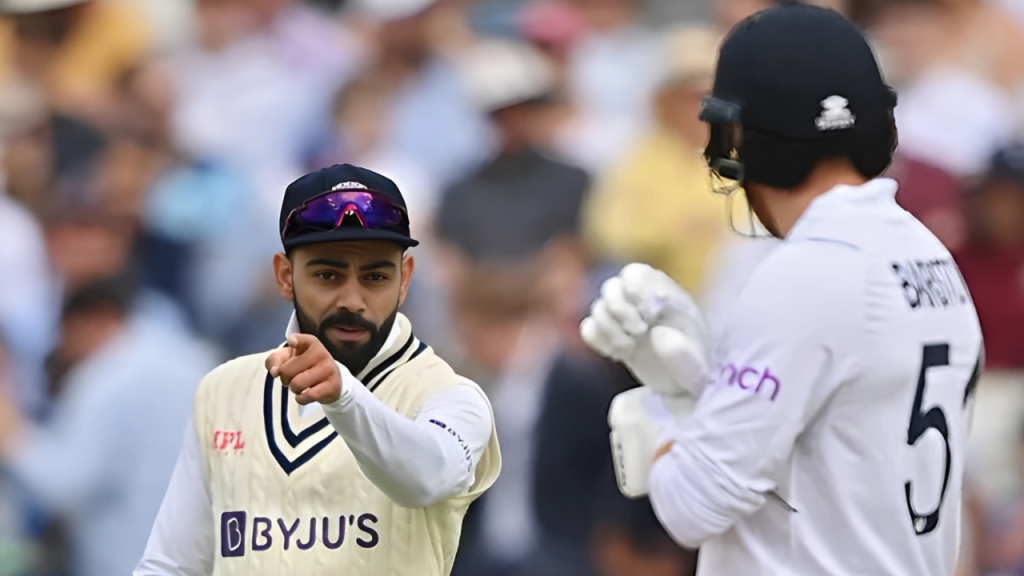Cricket in Australia has long been a sport synonymous with summer, barbecues, and backyard games. However, the narrative of Australian cricket has traditionally been dominated by men’s cricket, leaving women’s cricket in the shadows for much of its history. Over the last few decades, this narrative has undergone a significant transformation. Women’s cricket in Australia has not only grown in popularity but has also established itself as one of the leading forces in the international arena. This article delves into the journey of women’s cricket in Australia, highlighting the key figures, pivotal matches, and the catalytic role of the Women’s Big Bash League (WBBL).
Early Beginnings –
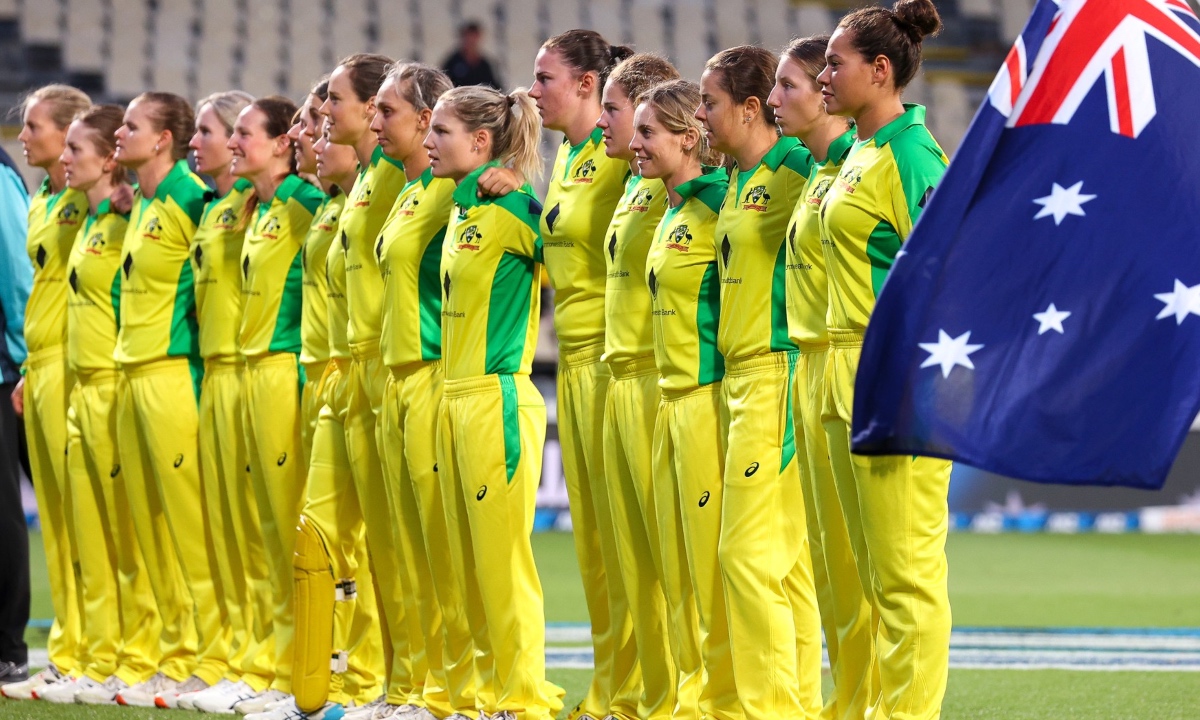
The history of women’s cricket in Australia can be traced back to the late 19th century. The first recorded match took place in 1874 in Bendigo, Victoria, signaling the beginning of a slow but steady ascent. The sport was not just a pastime but a testament to the determination of women to play a game long perceived as a male domain.
One of the pioneering figures was Lily Poulett-Harris, who in 1894 captained the Oyster Cove team in Tasmania, arguably the first women’s cricket team in Australia. This was a period when societal norms strictly dictated women’s roles, yet cricket provided a platform for breaking these norms, albeit slowly.
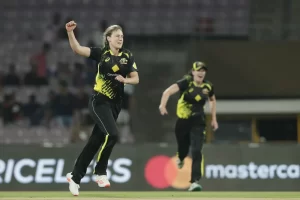
The Formation of Governing Bodies –
The establishment of the Australian Women’s Cricket Council (AWCC) in 1931 was a landmark event, providing much-needed structure and promotion to the women’s game. The AWCC was instrumental in organizing the first international series when England toured Australia in 1934-35, leading to the first Women’s Test matches. These matches were not just games but cultural phenomena, drawing curious crowds and challenging gender stereotypes.
Key Figures and Historic Matches –
Over the years, several players became household names, contributing significantly to the sport’s growth. Betty Wilson, with her all-round prowess in the 1940s and 1950s, was one of the earliest superstars. She remains the only player, male or female, to score a century and take ten wickets in the same Test match.
In more recent times, players like Belinda Clark, who scored the first double-century in One Day International (ODI) cricket, and Ellyse Perry, known for her extraordinary athleticism and versatility, have become icons of the game. Their performances have not only won matches but have also inspired a new generation of players.
One of the most significant matches in women’s cricket history was the 2013 World Cup final where Australia clinched their sixth title. The tournament showcased the depth of talent in the Australian team and marked a turning point in public perception, with national media coverage matching that of men’s cricket.
The Women’s Big Bash League (WBBL) –
The introduction of the WBBL in 2015 was a game-changer. Mirroring the success of the men’s Big Bash League, the WBBL was designed to bring women’s cricket into the mainstream. Its impact has been profound:
Professionalization: The WBBL has provided a platform for players to earn a living from cricket, significantly professionalizing the sport. This league has seen contracts, sponsorships, and viewership grow, reducing the disparity between men’s and women’s cricket.
Popularity Surge: The league has attracted large crowds and television audiences, with games often played in iconic venues like the Melbourne Cricket Ground (MCG). This visibility has been crucial in increasing the sport’s appeal.
Talent Development: By offering a competitive domestic circuit, the WBBL has helped in nurturing talent, with many players transitioning from this league to represent Australia internationally. The league’s format, being T20, aligns with global trends, keeping players in tune with modern cricket dynamics.
Cultural Impact: Beyond the field, the WBBL has influenced cultural shifts, promoting gender equality in sports. It has helped in changing perceptions about women’s capabilities in sports, inspiring more girls to take up cricket.
Impact on International Stage –
The professional structures like the WBBL have directly contributed to Australia’s dominance in international women’s cricket. Australia has won numerous ICC Women’s World Cups and T20 World Cups, solidifying their status as the sport’s leading nation. The professionalism at home has translated into a winning mentality abroad, with the Australian women’s team often setting the benchmark in cricketing excellence.
The growth from grassroots to elite levels has been supported by grassroots programs, school cricket initiatives, and community clubs. Cricket Australia’s commitment to women’s and girls’ cricket has seen participation numbers soar, with initiatives like the Australian Cricket Infrastructure Fund aimed at improving facilities for female cricketers.
Challenges and Future Directions –
Despite the growth, challenges remain, including ensuring continued investment in women’s cricket, addressing pay disparities, and expanding the sport’s reach in diverse communities. The future looks promising with Cricket Australia’s strategic plans focusing on inclusivity, equality, and expanding the sport’s footprint both nationally and globally.
The rise of women’s cricket in Australia from a grassroots sport to a globally recognized powerhouse is a narrative of perseverance, skill, and cultural change. Key figures like Betty Wilson, Belinda Clark, and Ellyse Perry have not only excelled on the cricket field but have also been trailblazers off it. The Women’s Big Bash League has been pivotal in this transformation, acting as both a showcase for talent and a catalyst for cultural shifts towards gender equality in sports. As we look to the future, the foundations are set for women’s cricket in Australia to continue this upward trajectory, inspiring countless more to take up the bat and ball, irrespective of gender.

